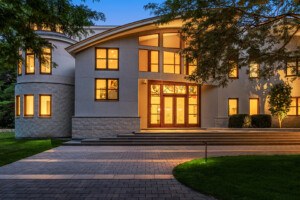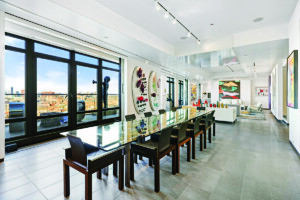There’s a New Way to See Historic Photos of Boston Neighborhoods

A tourist home in Truro, 1940. Photographed by Edwin Rosskam.
Between 1935 and 1945, in an attempt to document the state of the country and gain support for New Deal programs, the government commissioned photographers to travel and capture authentic portraits of life in America. Photos have been long-archived with the Library of Congress, but now, thanks to Photogrammar, a new tool developed by Yale University, 170,000 images are sorted and available for search.
Photos are tagged by state, county, and town. An initial search on the map located over 1,200 photos taken Massachusetts at that time, with the most-photographed county, Essex, having 403 photos.
For photographers, the goal was to capture life in and on neighborhood streets, homes and workplaces. Sometimes they’d write a more detailed description of the photograph, and it was tagged and archived in the system. This information is also available in Photogrammar.
After quite a while spent searching down this worthwhile internet rabbit hole, here are a few of our favorite local photos.
Commuters in Lowell, 1941. Photographed by Jack Delano.
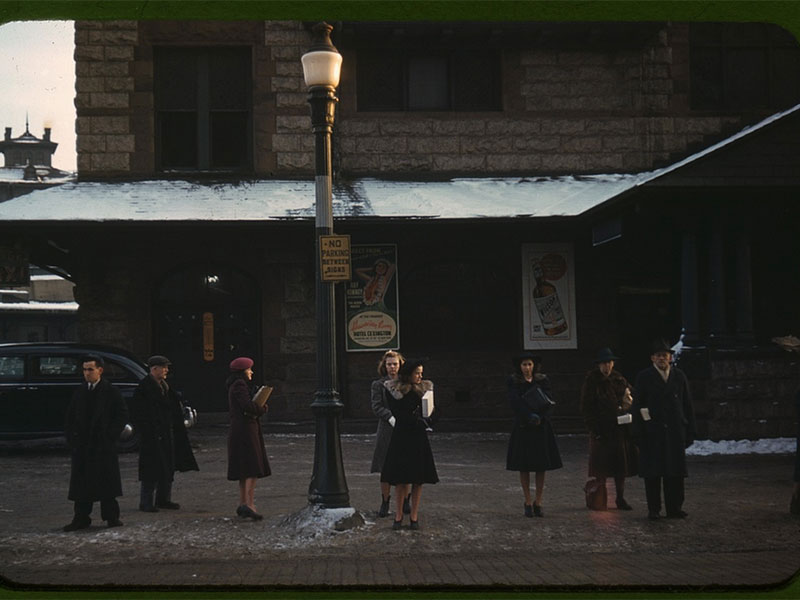
Jack Delano
The Boston and Maine railroad shops in Billerica, 1942. Photographed by Albert Freeman.
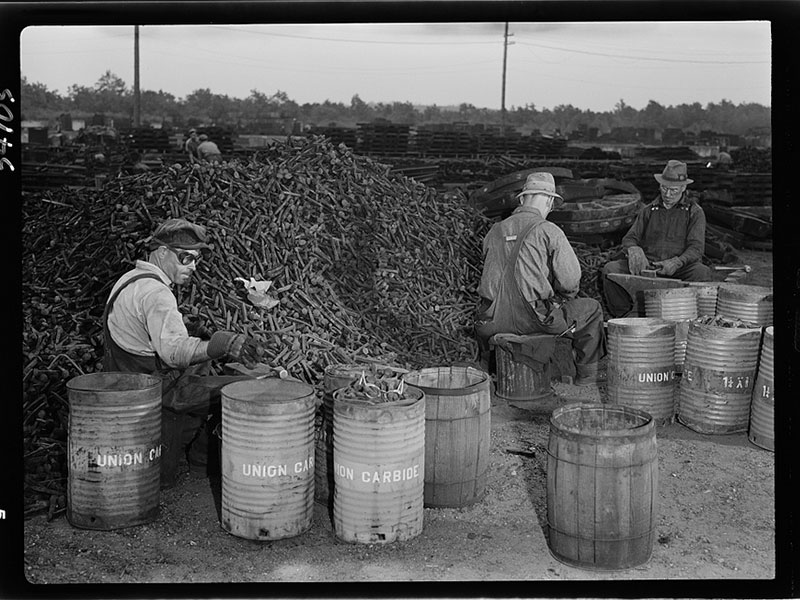
Albert Freeman
A converted, war-ready factory in Dorchester, 1942. Photographed by Howard R. Hollem, with an original description that reads: “Conversion. Toy factory. Presses that once turned out metal toys and motion picture projectors are now being converted to production of filter boxes to be used in jeeps and tanks.”
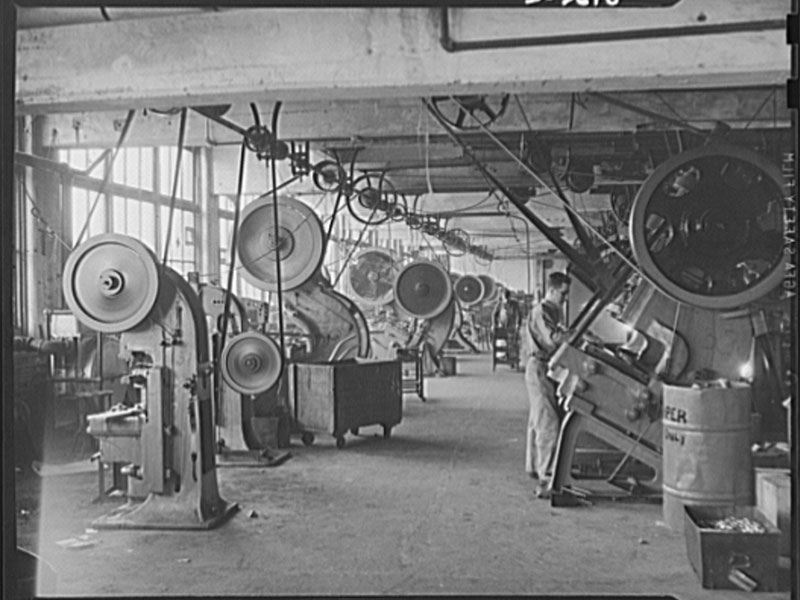
Howard R. Hollem
The family of John Kelly, a Quincy man who worked in the Navy Yard in South Boston, 1940. Photographed by Jack Delano.

Jack Delano
Kids in Quincy, 1940. Photographed by Jack Delano, with an original description that reads: “Because of the shortage of housing in Quincy, families with large number of children are finding it almost impossible to find a house. Real estate agents, realizing that their houses are in demand have become very choosy about their tenants. These children are some that belong to two families. One has five and the other six. Both families living in one house which is very inadequate.”

Jack Delano

